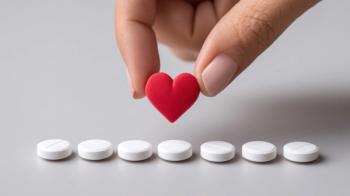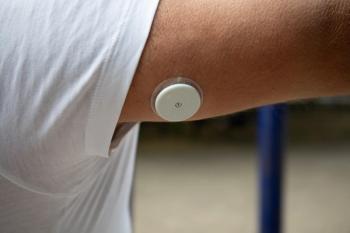
Is Apixaban Safe and Effective for Patients on Hemodialysis?
Apixaban (Eliquis) is the only NOAC approved for use with creatinine clearance
Novel oral anticoagulants (NOACs) offer an alternative to warfarin for patients who don’t prefer frequent INR monitoring, not to mention dietary restrictions and drug interactions.
One by one, each NOAC has obtained FDA approval for the same indications as warfarin:
· Stroke prevention in nonvalvular atrial fibrillation
· Deep vein thrombosis (DVT)/pulmonary embolism (PE) treatment
· DVT/PE prophylaxis
Compared with warfarin, the only indication NOACs currently lack is mechanical heart valves.
NOACs are a good fit for many patients, but there are limitations. For instance, many NOACs have a higher bleeding risk than warfarin in certain settings, and except for dabigatran, no reversal agent is available.
Another area where NOACs haven’t been able to replace warfarin is renal failure, specifically patients with end-stage renal disease (ESRD) on hemodialysis (HD).
Apixaban (Eliquis) dosing in HD is a great illustration of why pharmacists learn to scrutinize clinical data. It’s why we need to sharpen our critical-thinking skills. 1
Here’s what apixaban’s package insert says about dosing in HD patients1:
Clinical efficacy and safety studies with ELIQUIS did not enroll patients with ESRD on dialysis. In patients with ESRD maintained on intermittent HD, administration of ELIQUIS at the usually recommended dose will result in concentrations of apixaban and pharmacodynamic activity similar to those observed in the ARISTOTLE study. It is not known whether these concentrations will lead to similar stroke reduction and bleeding risk in patients with ESRD on dialysis as was seen in ARISTOTLE.
So, the clinical trials for apixaban didn’t include HD patients, but they’re able to recommend apixaban use in HD patients with no dose adjustment. How?
You must dig deep to find the answer. The package insert mentions a single-dose pharmacokinetic study in HD patients.1 If you dig a little further, you'll eventually find it, and you’ll find out it only involved 8 patients.2 You’ll also learn a bunch of other fun facts, like 27% of apixaban is excreted unchanged in the urine, the drug’s AUC in HD patients is 36% higher than non-HD patients, and only 14% of apixaban is removed during dialysis.
What happens if you give multiple doses? Apixaban dosing is 5 mg BID in most patients. Does it accumulate in HD? We don’t know; it hasn’t been studied.
All we currently have is data from a single-dose trial in 8 patients. And that’s the point I’m trying to make.
Apixaban may very well be safe and effective in HD, but we don’t actually know. It might be safe, but not effective, or it might be effective, but not safe. It also may be neither.
That’s why we must be vigilant in data evaluation. We can’t blindly trust the FDA’s dosing recommendations.
At a minimum, HD patients taking apixaban need to be informed of the data limitations. They may be willing to sail uncharted waters, but they might not and decide it’s better to stick with warfarin.
As pharmacists, it’s our job to interpret data and to translate it into terms our patients understand. It’s a skillset we work hard to develop in school and practice, and it’s a key area where we can contribute to the health care team. At the end of the day, we want physicians, pharmacists, and (most importantly) patients all on the same page.
References
1. Eliquis [package insert]. Princeton, NJ: Bristol-Myers Squibb; 2016.
2. Wang X, et al. Pharmacokinetics, pharmacodynamics, and safety of apixaban in subjects with end-stage renal disease on hemodialysis. J Clin Pharmacol. 2016 May;56(5):628-36.
Newsletter
Stay informed on drug updates, treatment guidelines, and pharmacy practice trends—subscribe to Pharmacy Times for weekly clinical insights.


















































































































































































































